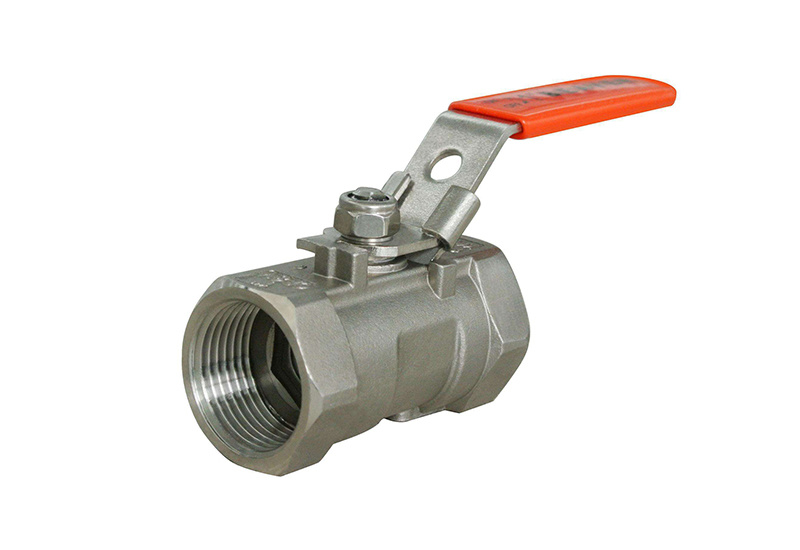How does a stainless steel butterfly valve work?
Release date:
2019-06-25
Stainless steel butterfly valves primarily consist of a valve body, stem, disc, and sealing ring. The valve body is cylindrical with a short axial length, housing the disc inside. These valves operate by rotating the disc—shaped like a circular plate—back and forth approximately 90° to open, close, or regulate the flow of the medium. When selecting a butterfly valve for precise flow control, it’s crucial to choose the right size and type to prevent inaccuracies in flow regulation. Stainless steel butterfly valves are suitable for controlling the flow of various fluids, including air, water, steam, corrosive media, slurry, oils, liquid metals, and even radioactive substances. In practice, these valves are categorized based on their operating pressure and temperature, though these conditions are somewhat limited by the inherent properties of stainless steel itself.
Stainless steel butterfly valves primarily consist of a valve body, stem, disc, and sealing ring. The valve body is cylindrical with a short axial length, housing the disc inside. These valves operate by rotating the disc—shaped like a flat circular plate—through approximately 90° to open, close, or regulate the flow of the medium. When selecting a butterfly valve for flow control applications, it’s crucial to choose the right size and type to ensure accurate flow regulation. Stainless steel butterfly valves are versatile and can be used to control a wide range of fluids, including air, water, steam, various corrosive media, slurries, oils, molten metals, and even radioactive substances. In practice, these valves are often categorized based on their operating pressure and temperature conditions, which are inherently limited by the properties of stainless steel itself.

Latest Updates
Share to
Address: NO.7A BULIDING, ZHUAO IND.ZONE,OUBEI STREET, YONGJIA, 325105,WENZHOU,ZHEJIANG CHINA
Mobile phone:86-15868793566
Phone:86-577-57775050
Fax: 86-577-57779292
Email:boho@china-boho.com



